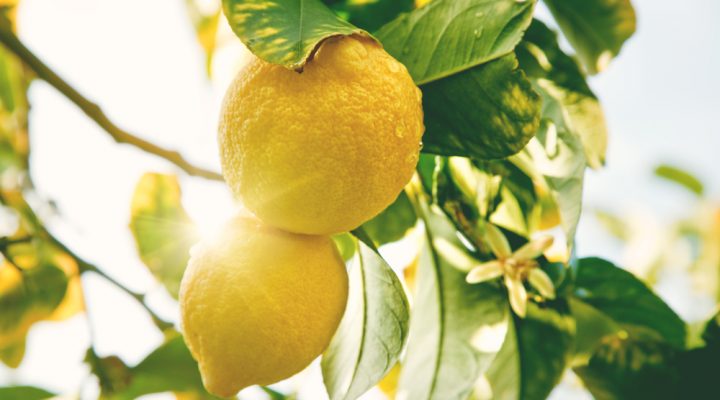Breaking new ground in the analysis of juice with steam distillation
The International Fruit and Vegetable Association held a series of Technical Webinars including a Quality webinar with Dr Eduard Wiedenbeck as a guest speaker
Here we review the analysis of citrus fruit juices, particularly determining the quality of citrus essential oils according to their main constituent, D-Limonene.
As 2021 was the FAO’s International Year of Fruits and Vegetables, it is inevitable to remind ourselves of the important role that citrus fruits play in maintaining our health. Oranges, lemons and grapefruits are rich in phytonutrients, a type of antioxidant that neutralizes free radicals in our body and prevents many health issues.1 Nevertheless, both as consumers and as producers, we should take a closer look at the quality-related compounds that are present in citrus fruits, especially at D-Limonene, which is the main constituent of citrus essential oils. D-Limonene is mainly present in the peel of citrus fruits, such as oranges and lemons, and is used by the plants as a natural insecticide protecting their nutrient-rich fruits from parasites. For us, the smell of D-Limonene is characteristic of a fresh orange scent which is not surprising considering that more than 90 % of the oil content of oranges is comprised of this compound. In our daily life, D-Limonene is used as a dietary supplement and as a fragrance ingredient for cosmetic products. Because of its refreshing scent, it is often used to mask the bitter taste of alkaloids and for all kinds of cosmetic products. And since D-Limonene is the main constituent of citrus essential oils which are found in the fruit peel, the compound is also present in fruit juice where it contributes to the flavour of the fruit. Due to heavily industrialized juice production with cold press extraction of oranges, it is unavoidable that this compound enters fruit juice in significant amounts.
D-Limonene – beneficial or not?
Although it appears to be safe and even positively accepted for most human-related uses, there may also be negative implications if D-Limonene is administered in higher concentrations. If this compound is applied to skin, it may cause irritation from contact dermatitis. This topical effect becomes even more significant when this compound is ingested at high concentrations with irritations in the throat as the consequence. Further studies show that the liver was identified as a critical target organ following oral administration of D-Limonene.2 But should we now stop consuming citrus fruits and their juice products?
The answer is a comforting ‘no’. Thanks to responsible national authorities such as the European Fruit Juice Association (AIJN) and the United States Department of Agriculture (USDA) which have set maximum levels that should not be exceeded, it is ensured that the consumer gets a taste of the highest quality of juice products. Thanks to these standards, D-Limonene is maintained at low enough concentrations to be harmless. How can one measure D-Limonene levels? An established method with steam distillation according to Scott and Veldhuis has proven its reliability since 1966.3 However, determining D-Limonene via manual steam distillation and subsequent titration analysis is usually tedious, slow and labour-intensive. Some quality control laboratories report that they need 20 minutes just to distil one single sample. Recently, efforts have been made to speed up the process by using a distillation unit with an integrated steam generator. As a result, the steam distillation time has decreased drastically from 20 minutes to 1 minute per sample! More details on these time savings can be found in BUCHI’s latest Application Note. In this case the juice industry should be on a viable way to facilitate a high throughput analysis that is still in line with the established method.
1 Okwu, D.U.; Citrus fruits: A rich source of phytochemicals and their roles in human health, International Journal of Chemical Sciences 2008, 6(2), 451-471
2 Lee B.M. et al.; Safety Evaluation And Risk Assessment Of d-Limonene, Journal of Toxicology and Environmental Health 2013, 16 (1), 17-38.
3 Scott, W.C.; Veldhuis, M.K.; Rapid Estimation of Recoverable Oil in Citrus Juices by Bromate Titration, Journal of Association of Official Analytical Chemists 1966, 49 (3), 628–633.
Dr Eduard Wiedenbeck is Product Manager for Kjeldahl Solutions at Büchi Labortechnik in Switzerland. He has presented this topic at the IFU Technical Webinars 2021. The webinar can be seen on-demand by clicking here.”
https://ifu-fruitjuice.com/store/viewproduct.aspx?id=18465372






